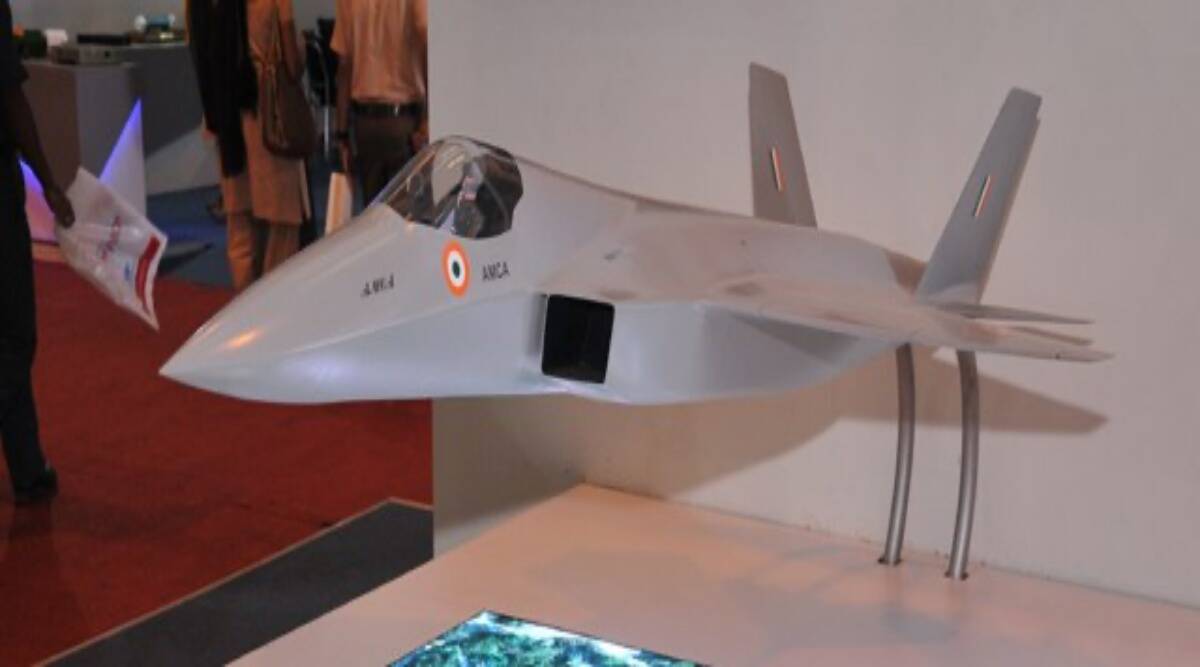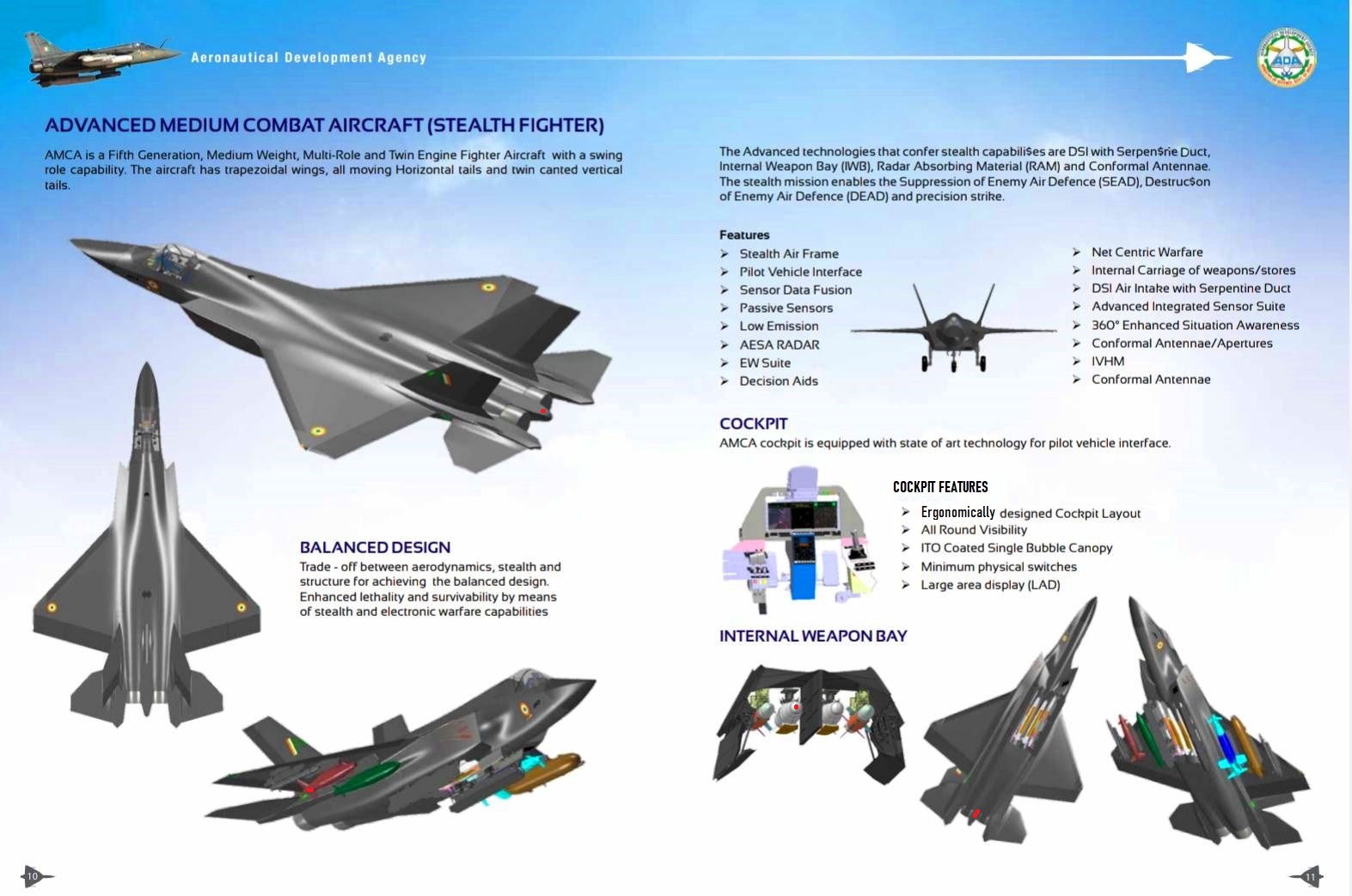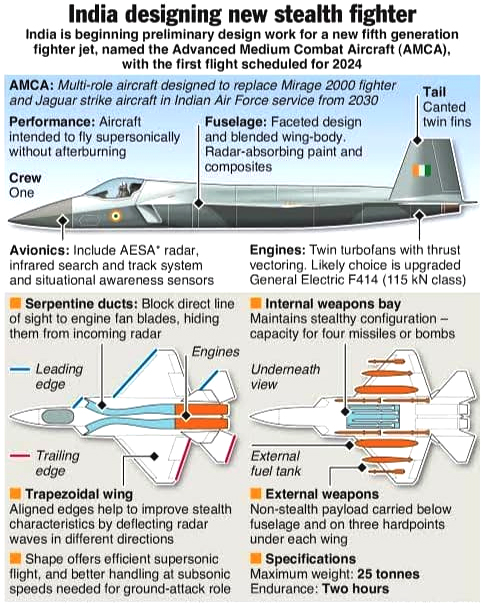Well at least with dual weapon bay that means having extra structural component (that separated both weapon bay) in the belly area, and can improve aircraft structural integrity when pulling those high g manoeuvre, maybe.F-35 is bit of an oddball w.r.t the (dual) internal weapon bay layout....mostly because:
A) it is single engined (thus an engine is intrinsically split in centerline with volumes on either side of it.... rather than have a more "natural" large planform for two engines that leans to a single weapon bay),
B) overall constrained airframe of many compromises needed (if you look at design reqs.) compared to many other 5th gen.
C) went for full commonality (in IWB and much else) with all three variants (and STOVL variant especially imposing quite a design restriction "penalty" on this weapon bay)
So in comparison, AMCA is just another conventional single internal weapon bay as there is no unique desig
I hope so, more room for weapons.I would imagine KF-21 goes for a single IWB as well in its 5th gen incarnation and onward
Does India goes for twin engine design for the get go? Or also considering single engine design?
And the size, does India choose the size based on the engine that is available or choose the engine based on the size(design).
In the past India tried to partner up with Russia (SU-57) design which is big and now go with the current design which is not much different in size with KF-21 (medium size), why is that? Is there no strict requirement? (Size, range, weapons payload, fuel, MTOW)? Or it just go with the flows?













